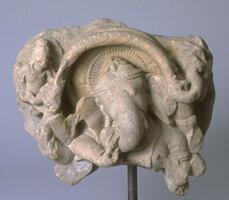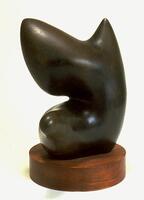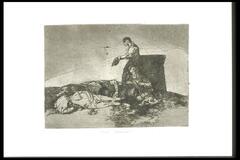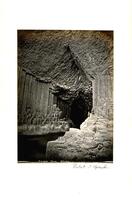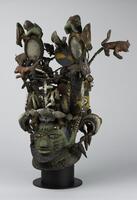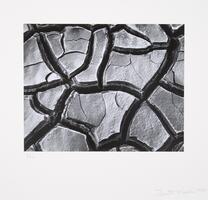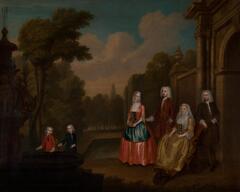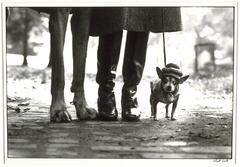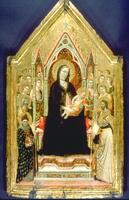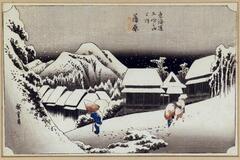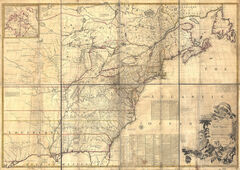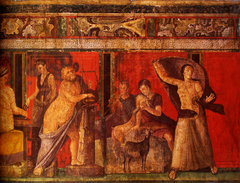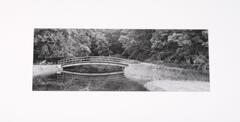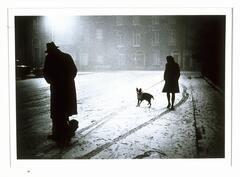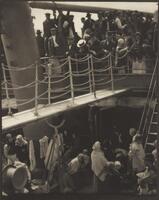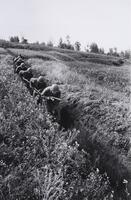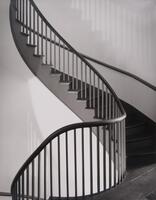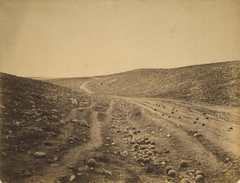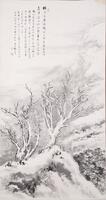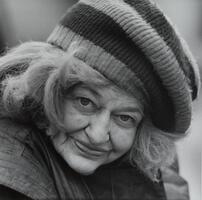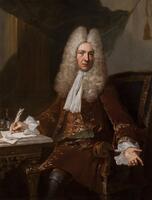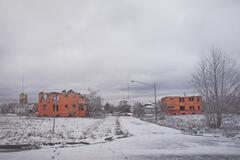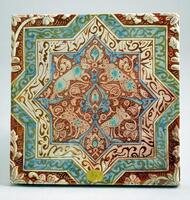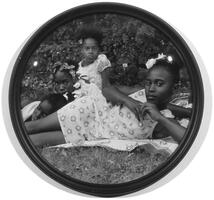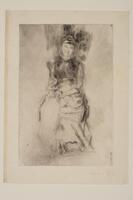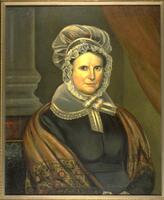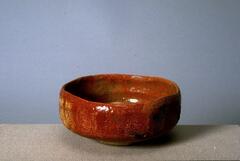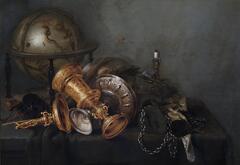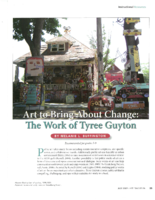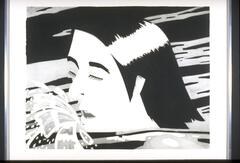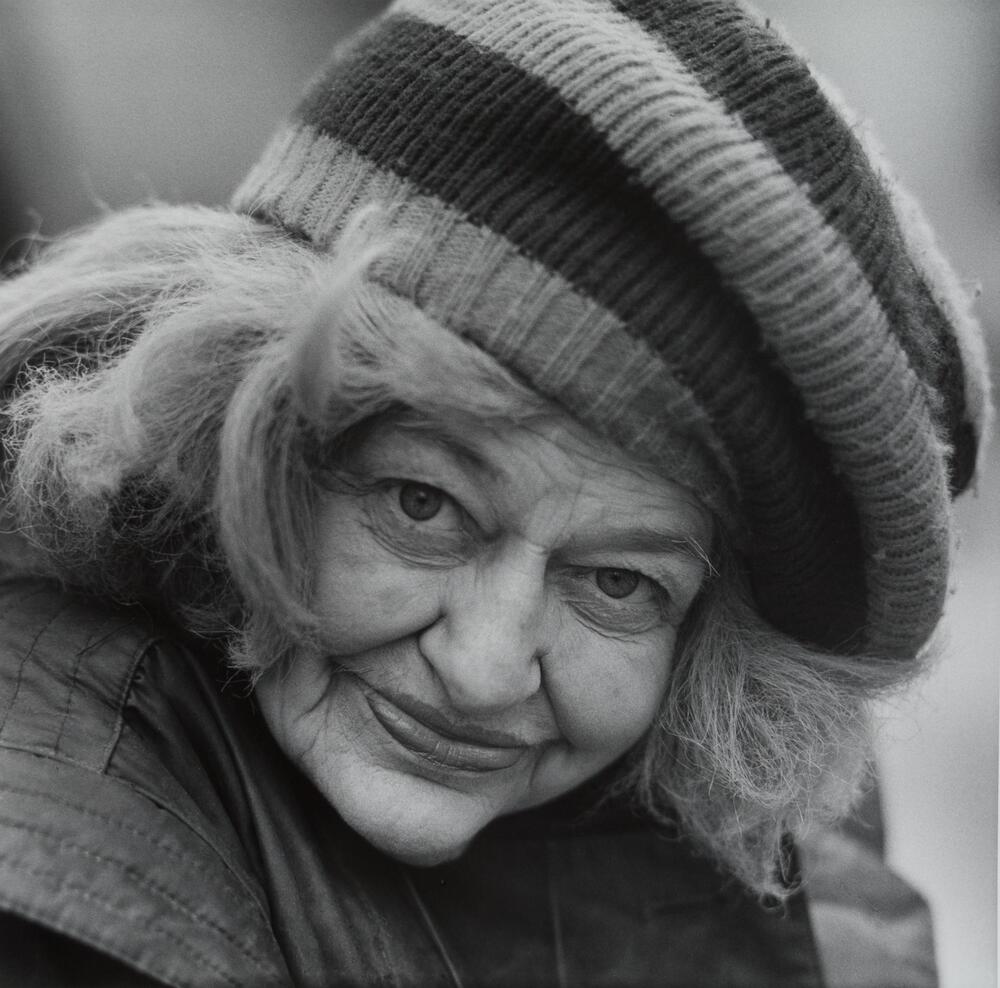Lesson Plan: Exploring the Emotional Impact of Portraiture Through Free Writing
UMMA Teacher Workshop, “Xu Weixin: Monumental Portraits,” April 23, 2016
Objectives
Students will closely observe one portrait, identify the depicted emotion, provide evidence for their perspective, and free write to discover connections and memories. Writing may provide fodder for future creative projects.
National Core Standards
- Write narratives to develop real or imagined experiences or events using effective technique, well-chosen details, and well-structured event sequences
Grades
3-12
Time Required
One class period
Materials
- Portraits
- Writing materials
Lesson
-
Emotional Connection: How does the artist portray the subject? What emotion comes to mind when you look at this person? Name the emotion. Write down details you see in the portrait that might be evidence of this emotion.
Example:
Fear = stiff posture, shifting eyes, pinched mouth, pale skin
Sadness = mouth turned down at corners, shadows, gray rings under the eyes, slumped or sagging shoulders
Defiance = creased brow, squinting eyes, clenched jaw, erect posture
-
Free write: Free writing requires us to write quickly and not be concerned with the mechanics of poetry or writing in general. If your time with this portrait has stirred up a memory or an emotion of some kind, allow yourself to let go and write about it. Don’t worry if it doesn’t connect exactly to what you know about the painting. Give yourself permission to make new connections.
-
Free write prompts: Consider one of the following points of view as a way to approach the free write, focusing on emotion and feeling:
· Third person observer outside of the frame. Begin by elaborating on the details listed in number 1 above (physical evidence to support depicted emotion) and describe the portrait in detail, but allow yourself to drift into other avenues of thought as they come along. What do you observe?
· Third person, also outside the frame, but with some information about the historic context of the painting. Speculate about the subject. Perhaps begin with something like, “She feels as if . . . ”
· Begin with a question you might ask this person . . . “What are you looking at?” “Why are you . . . ?” Then attempt to answer your own question. ”Are you searching for . . . ?” Is there a story here?
· First person internal monologue. Write from inside the frame in the subject’s voice. “I feel like . . . ”
· Make yourself the main character in a narrative. “I sat staring at his face, wondering if . . . ” Actually write about the experience of studying this portrait.
- Social Studies Extension: consider multiple portraits from one historical event, or all students write about one historical figure. Share students’ approaches.
Part of 1 Learning Collection
Lesson Plan: Translating a Familiar Landscape
“Tradition Transformed: Chang Ku-nien Master Painte...
“Tradition Transformed: Chang Ku-nien Master Painte...
Lesson Plan: Collaborative Scroll of Images and Poetry
“Creative Literacies: Expanding our View,” UMMA Wor...
“Creative Literacies: Expanding our View,” UMMA Wor...
Lesson Plan: Compare and Contrast Drawing and Sculpture
UMMA Exhibition, “The Graphic Dimension: Prints and...
UMMA Exhibition, “The Graphic Dimension: Prints and...
Lesson Plan: Content and Style – Corresponding or Contradicting?
“Creative Literacies: Expanding our View,” UMMA Wor...
“Creative Literacies: Expanding our View,” UMMA Wor...
Lesson Plan: Setting the Scene – Descriptive Writing with Photography
“Teaching with Photography,” UMMA Workshop for Educ...
“Teaching with Photography,” UMMA Workshop for Educ...
Lesson Plan: Not a Failure . . . Just a Draft
“Creative Literacies: Expanding our View,” UMMA Wor...
“Creative Literacies: Expanding our View,” UMMA Wor...
Lesson Plan: Calligraphy and Radial Design in Islamic Art
Lesson adapted from Educator Resources, Victoria & ...
Lesson adapted from Educator Resources, Victoria & ...
Lesson Plan: Memory Maps, Using the Mitchell Map (1755)
“Benjamin West: General Wolfe and the Art of Empire...
“Benjamin West: General Wolfe and the Art of Empire...
Lesson Plan: Multipoint Perspective: Using Art to Teach Writing
“Creative Literacies: Expanding our View,” UMMA Wor...
“Creative Literacies: Expanding our View,” UMMA Wor...
Lesson Plan: The New Sublime and Photographic Landscape
“Teaching with Photography” UMMA Teacher Workshop,...
“Teaching with Photography” UMMA Teacher Workshop,...
Lesson Plan: Panorama Handscroll Using Multiple Literacies
Lesson inspired by Elaine Wilson’s “Charting the Wo...
Lesson inspired by Elaine Wilson’s “Charting the Wo...
Lesson Plan: Playing with Scale in Landscape or Still Life
“Tradition Transformed: Chang Ku-nien Master Painte...
“Tradition Transformed: Chang Ku-nien Master Painte...
Lesson Plan: Exploring the Emotional Impact of Portraiture Through Free Writing
UMMA Teacher Workshop, “Xu Weixin: Monumental Portr...
UMMA Teacher Workshop, “Xu Weixin: Monumental Portr...
Lesson Plan: Positive and Negative Space in Photography
“Teaching with Photography,” UMMA Workshop for Educ...
“Teaching with Photography,” UMMA Workshop for Educ...
Lesson Plan: Setting Up a Collaborative Short Story
“Teaching with Landscape Photography,” UMMA Teacher...
“Teaching with Landscape Photography,” UMMA Teacher...
Lesson Plans: Ideas for Writing with Portraits
UMMA Teacher Workshop, “Xu Weixin: Monumental Portr...
UMMA Teacher Workshop, “Xu Weixin: Monumental Portr...
Lesson Plan: Zoom In: The Significance of Detail
“Creative Literacies: Expanding our View,” UMMA Wor...
“Creative Literacies: Expanding our View,” UMMA Wor...
Rate this Resource
AVG: 0 | Ratings: 0
& Author Notes
Creative Commons by-nc-sa (Lesson created by Sherri Masson, UMMA Docent and Elementary Educator)Last Updated
March 6, 2017 1:19 a.m.Report
Reporting Policy

